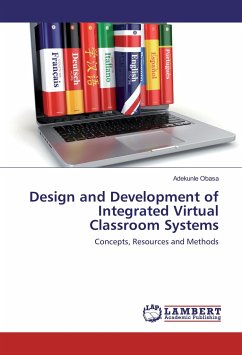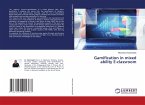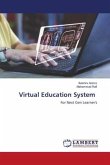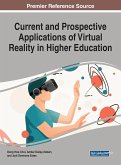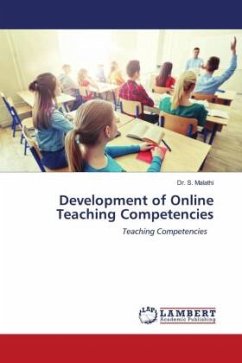Virtual classrooms happen to be one of the most important and rapidly growing phenomena in the computerization of higher education across the globe. It is an aspect of computing that has contributed greatly in easing the data storage and delivery of teaching and learning in higher institutions. Virtual classroom can be synchronous or asynchronous. Each has its merits and demerits. An ideal situation is a blended learning that combines the features of the two. This book demonstrates how an integrated virtual classroom that combines features of synchronous and asynchronous platforms can be practically designed and developed in easy steps. It gives an in-depth coverage of topics such as distance learning systems, virtual classrooms and online learning. The proposed virtual classroom has features like assignment, lesson, glossary, forum, audio, video, whiteboard, wiki and chat among others to mimic effectively the face-to-face classroom setting. The book is an ideal companion for both tutors and learners of higher institutions, especially where e-learning has been practically deployed. It will also serve as a gateway for institutions willing to embrace distance education.

